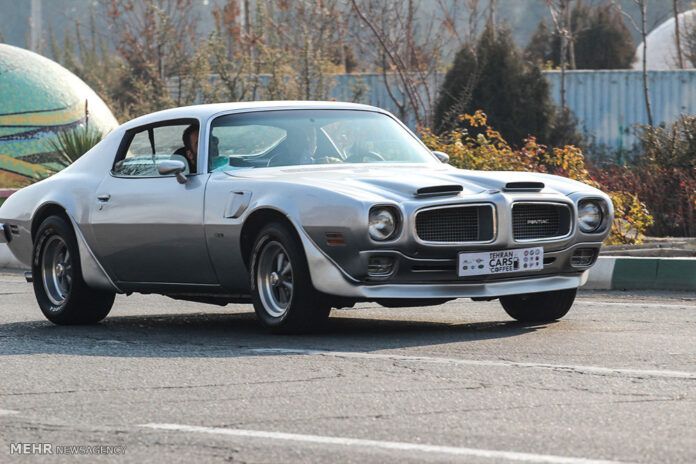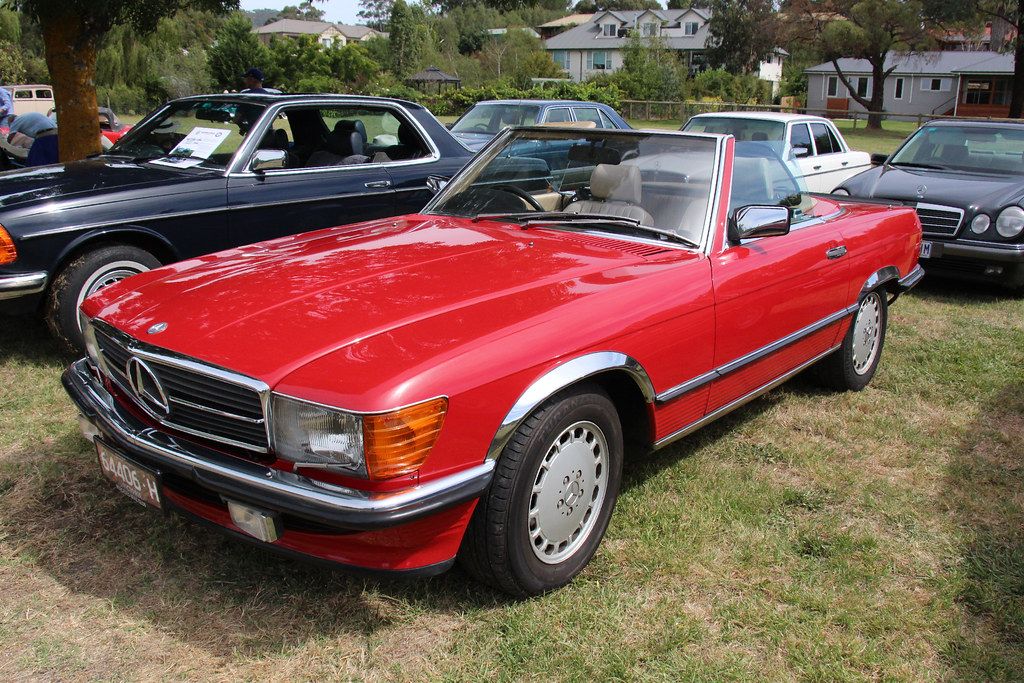
Ever had that stomach-dropping moment after an accident, when your insurer drops the bomb: “Your car is a write-off”? It’s a phrase that conjures images of mangled metal and financial despair, sending shivers down any car owner’s spine. But here’s the kicker: it doesn’t always have to be the end of the road for your beloved ride. In fact, understanding this process can actually save you a boatload of stress, time, and even some cash!
Forget the panic and those gut-wrenching scenarios playing out in your head. What if we told you that a write-off isn’t always a death sentence for your vehicle, and that navigating this complex landscape isn’t as terrifying as it sounds? This comprehensive guide is designed to empower you, breaking down everything you need to know, from the moment your car gets written off to potentially getting it back on the road, or at least ensuring you get a fair deal.
We’re going to pull back the curtain on the entire write-off journey, making sense of insurance jargon, outlining your responsibilities, and equipping you with the know-how to handle the situation like a seasoned pro. Get ready to transform that initial dread into informed confidence, because understanding is truly your most powerful tool in the face of a written-off car. Let’s dive in and unlock the secrets to mastering the write-off process!

1. **Unpacking the “Write-Off”: What It Truly Means for Your Car**When your insurance company declares your car a “write-off,” it’s a bit like them saying, “You know what? Fixing this isn’t really worth our while.” Essentially, they’ve decided that the damage is so extensive, or the repair costs are so high, that it makes more financial sense for them to pay you the car’s market value rather than sinking money into bringing it back to tip-top shape. It’s not necessarily about the car being utterly destroyed, but rather an economic decision.
So, what usually puts a car on the write-off list? A major crash is probably the first thing that springs to mind, and you’d be right. Significant frame damage, the deployment of airbags, or a seriously twisted chassis are almost guaranteed tickets to write-off status. These kinds of impacts compromise the vehicle’s core integrity, making repairs both expensive and sometimes structurally challenging.
Beyond collisions, Mother Nature can also be a formidable foe. Imagine your car caught in a devastating flood, scorched by a fire, or crushed by a falling tree. If your ride turns into a “soggy mess or charred metal,” as the experts put it, it’s highly likely to be deemed a write-off. These natural disasters often inflict widespread and severe damage that’s simply uneconomical to repair.
Even theft and vandalism can lead to a write-off. Sometimes, stolen vehicles are recovered, but they’re in an absolutely terrible state—stripped of parts, extensively vandalized, or otherwise damaged beyond what’s considered reasonable for repair. In such heartbreaking scenarios, the car might be declared a write-off because restoring it to its former glory would cost more than its pre-theft value.
Read more about: Mechanics’ Warnings: Unpacking the 14 Defining Characteristics of the Worst DIY Repair Tricks
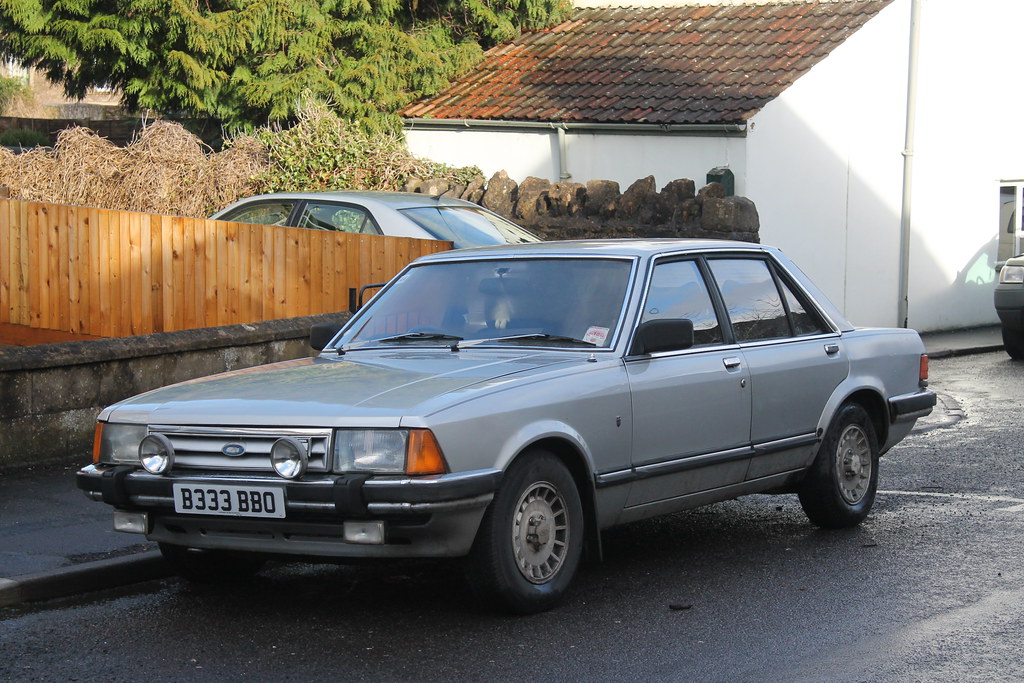
2. **The Alphabet Soup of Write-Offs: Category A and B – Scrap or Salvage?**Once your car is deemed a write-off, insurance companies don’t just lump them all together. Oh no, they’ve got a whole system of categories, often referred to as an “alphabet soup,” to classify the write-offs based on the severity of the damage and what can, or cannot, be salvaged or reused. Understanding these distinctions is absolutely vital, as they dictate the future—or lack thereof—for your vehicle.
Let’s kick things off with the most severe classification: Category A, or “Scrap Only.” When a vehicle falls into this category, it’s considered “Totally destroyed and unsafe.” This isn’t just a recommendation; it’s a definitive judgment. Not only is the car beyond repair, but critically, “Not even the parts can be salvaged.” If your car is a Cat A, it means it poses such significant safety risks that repairing it is legally prohibited, and its only destiny is the scrap heap.
Next up is Category B, or “Break for Parts.” This category is a step down from Cat A, but still means the car itself is “Too damaged to return to the road.” The structural integrity is compromised to an extent that makes it unsafe for future use as a complete vehicle. However, here’s the silver lining: unlike Cat A, “some parts can be salvaged.” Valuable components like the engine, gearbox, or certain body panels can be carefully removed and repurposed, which is why they are often sold to salvage yards for breaking.
It’s a stark reality that vehicles in Category A and B are fundamentally considered unrepairable for road use. Category A vehicles are destined for total destruction, while Category B allows for the recovery of usable parts, preventing complete waste. Recently, there’s even been an uptick in inquiries concerning Cat B vehicles, highlighting the ongoing activity in the salvage market, even for vehicles that can never be driven again as a whole.
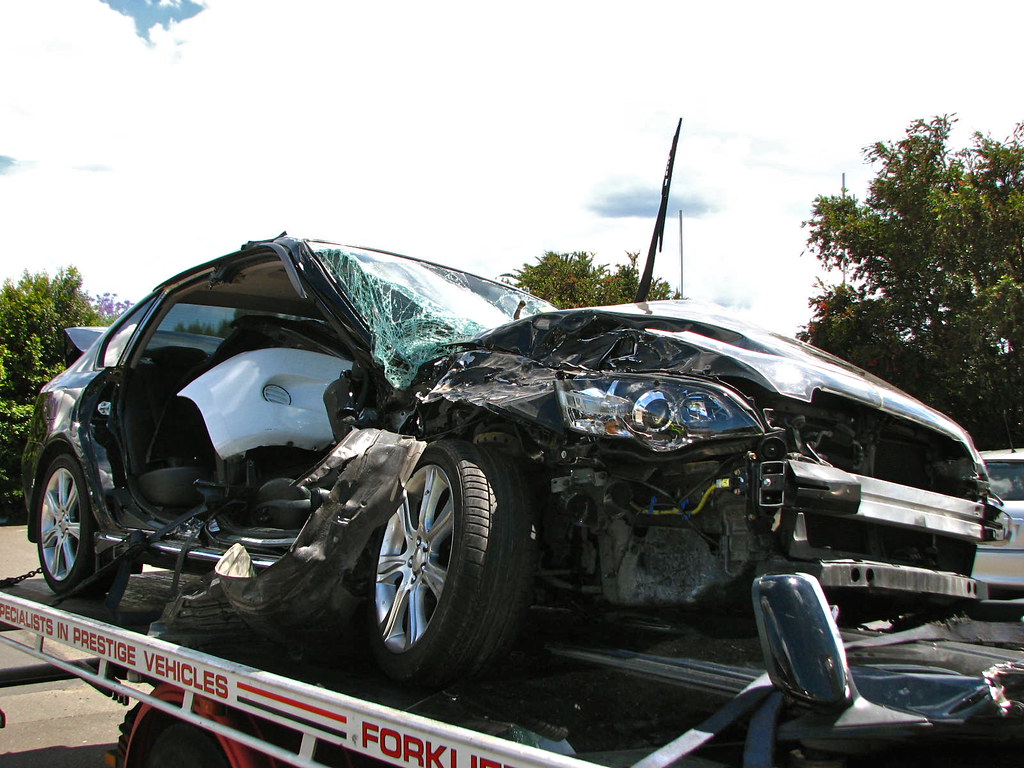
3. **Navigating the Repairable Write-Offs: Category S and N Explained**While Categories A and B spell the end for a car as a road-going vehicle, the narrative changes significantly with Category S and N write-offs. These are the categories that offer a glimmer of hope for your car’s future, as they are considered repairable. However, there’s a crucial distinction between the two that every car owner needs to understand before considering a repair.
Category S, which used to be known as Category C, applies to vehicles that have suffered “significant structural damage but are repairable.” Think of it like a serious injury that can heal with intensive care. The core structure of the car has been compromised, meaning it needs professional attention to ensure its safety and integrity. The catch here is that “The cost of repairs, however, exceeds the car’s pre-accident value.” So, while it’s technically repairable, the “decision to do so depends on whether the owner is willing to invest more than the car’s worth.”
Then we have Category N, formerly Category D, which signifies vehicles with “non-structural damage that are repairable.” This is often the most appealing category for owners hoping to keep their car. Here, the vehicle’s fundamental structure is intact; the damage is typically cosmetic or relates to components like the engine or transmission. Crucially, in a Cat N write-off, “the cost of repairs is less than the car’s value,” making it generally a more feasible and financially sensible option for repair.
Both Category S and N cars can legally be returned to the road after repairs, but it’s not a free-for-all. The context explicitly states, “it’s still important to assess the extent of damage and ensure repairs are carried out professionally to maintain safety and performance.” This means no cutting corners; quality workmanship is paramount. Furthermore, there have been “questions raised about the way Category S and N codes, in particular, may be misapplied to some vehicles,” with concerns about “salvage sellers also being responsible for assessing the write-off categories of the vehicles they are marketing,” as noted by Tim Kelly. He suggests that “Coding a Cat S car as a Cat N can boost its selling price,” highlighting a potential conflict of interest that savvy buyers should be aware of.
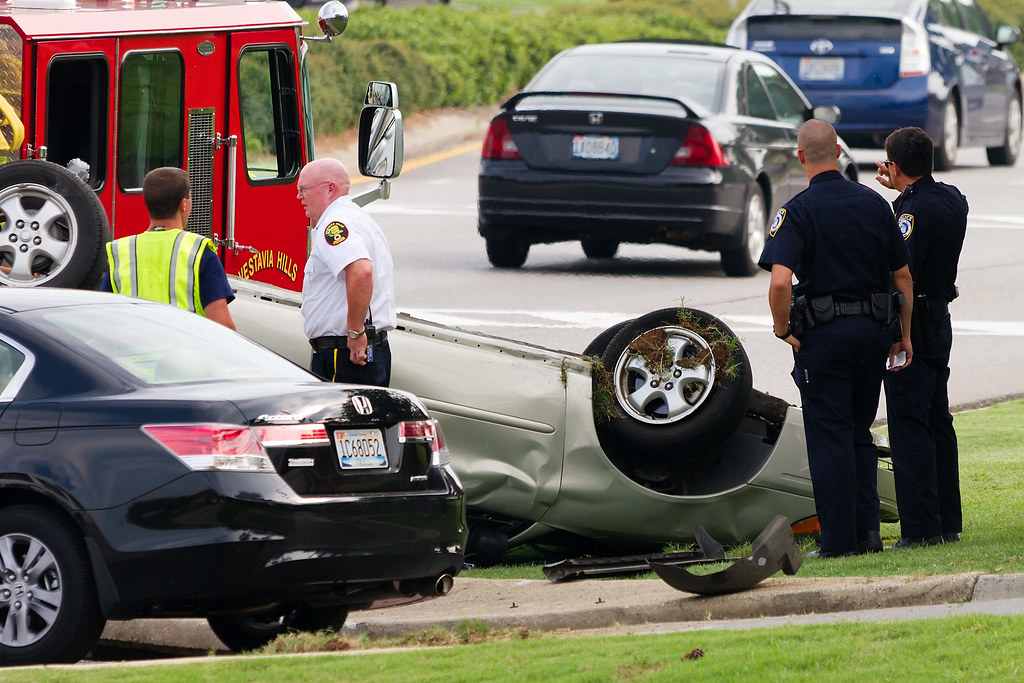
4. **First Steps After the Impact: Don’t Panic! (And What to Do Next)**That immediate aftermath of an accident can be a whirlwind of emotions—shock, confusion, maybe even a little anger. But before anything else, the most important advice is to “Take a deep breath.” If everyone is safe and sound, consider that a major win already. Your priority should always be human safety first. Once you’ve established that, safely move your vehicle if possible and only then, if it’s genuinely safe, assess the immediate damage.
Once the initial shock subsides, your next crucial move is to “Contact Your Insurance Company” as soon as humanly possible. Don’t procrastinate; prompt communication is key. Be prepared to provide them with all the nitty-gritty details of the incident. Honesty is absolutely non-negotiable here. If you have them, share any photos you managed to snap at the scene; these can be incredibly helpful in speeding up the initial stages of your claim.
Speaking of photos, it’s not just about the scene of the accident. Once your car is in a secure location, make sure to “Document the Damage” extensively. “Take clear pictures of your car from all angles, including the interior.” Think of it as building your own visual case file. These images provide invaluable evidence to your insurer, helping them understand the full scope of the damage and ultimately expediting the claim process. The more thoroughly you document, the smoother your journey through the insurance maze will be.
Beyond photographs, gather any police reports, contact details of witnesses, and medical records if anyone was injured. This comprehensive collection of information ensures you’re fully prepared for discussions with your insurer. Remember, being proactive and meticulous in these initial steps lays a strong foundation for a more efficient and less stressful resolution, transforming a chaotic moment into a manageable process.
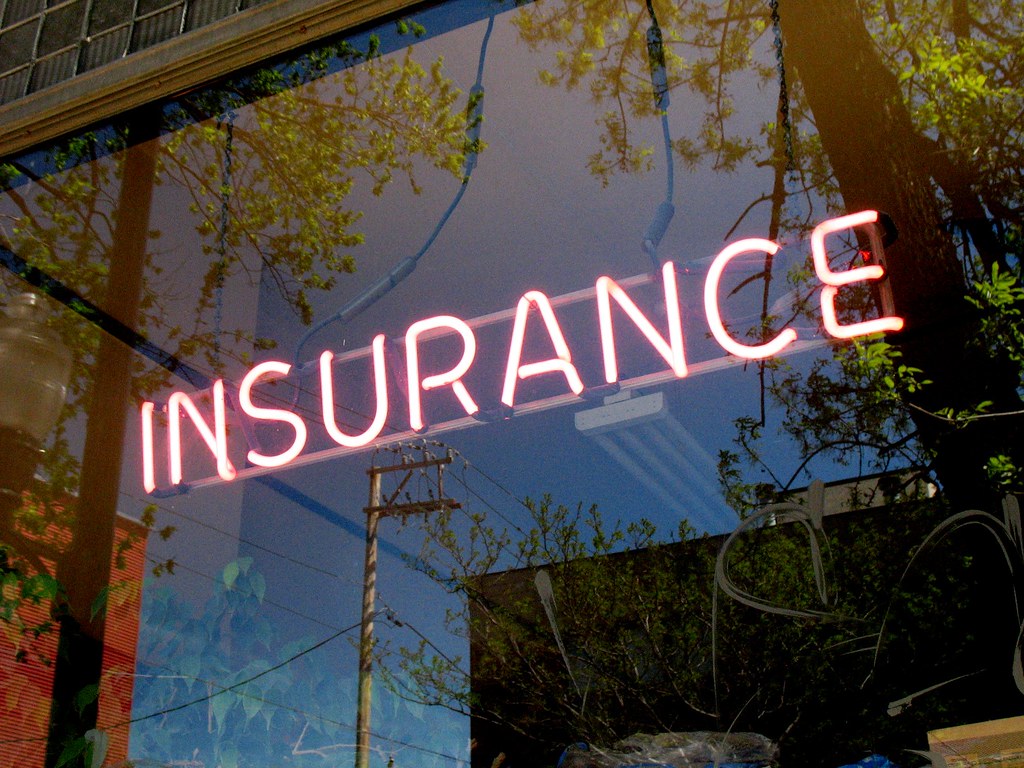
5. **Mastering the Valuation Maze: Getting a Fair Payout from Your Insurer**Once the initial reporting and documentation are out of the way, you’ll enter what can feel like the most critical—and sometimes frustrating—phase: the valuation process. This is where your insurer steps in to determine what your car was worth before the accident, a figure they call the “pre-accident market value.” This value dictates the amount you’ll be offered as a payout, and it’s calculated based on a cocktail of factors including your car’s age, mileage, overall condition, and a comparison to similar vehicles currently listed on the market.
Now, here’s where your inner negotiator might need to shine. “Don’t like their offer? You can negotiate.” It’s not uncommon for initial offers to feel a little light. This is your cue to come armed with evidence. Have you had recent repairs or upgrades? Provide those receipts! Scour online marketplaces for listings of identical cars in similar pre-accident condition. Better yet, “Consider Getting an Independent Valuation” to provide an unbiased assessment that can give you significant leverage in your discussions.
Ultimately, you’ll face a decision point: “Accept or Reject the Settlement Offer.” If, after your negotiations and careful consideration, you’re satisfied with the value, go ahead and accept it. However, if you genuinely believe the offer is still unfair and you have the evidence to back it up, you absolutely can dispute it. But be warned, this isn’t a casual disagreement; you need to have solid proof to support your claim for a higher valuation. Persistency, coupled with politeness and hard facts, is your friend here.
It’s also important to acknowledge the harsh reality of “Depreciation and Market Value.” As the context reminds us, “cars lose value fast.” Even if you’ve only just driven your car off the lot, the payout you receive might not perfectly align with what you originally paid. Understanding this market reality, and having your own counter-evidence ready, can make all the difference in securing a payout that truly reflects your car’s worth and helps you move forward.
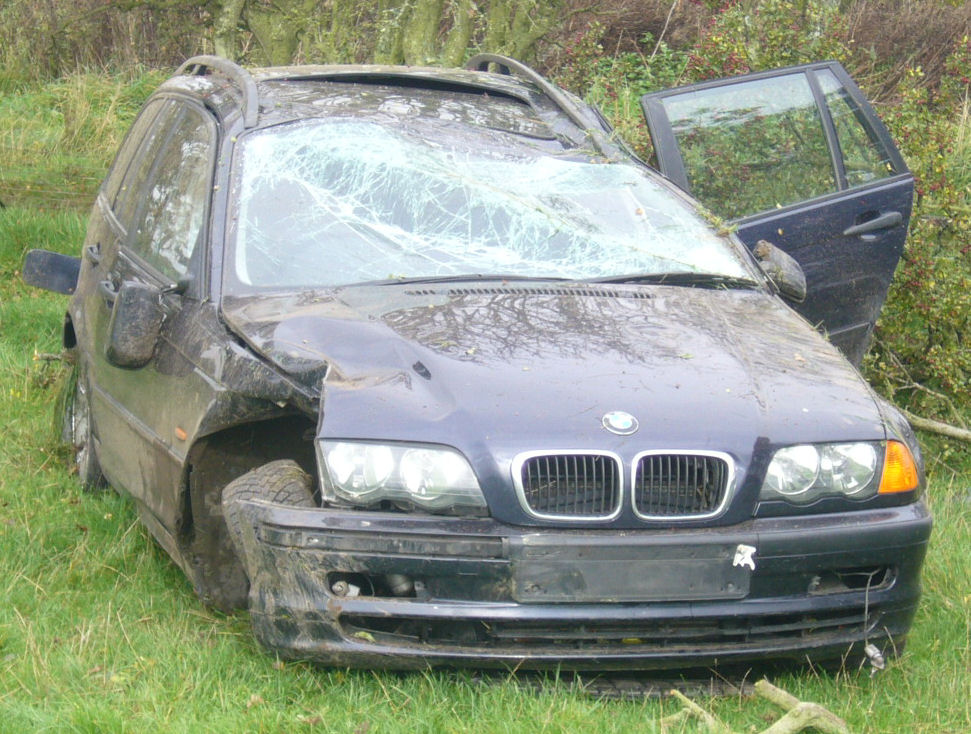
6. **Transparency is Key: What Insurers Expect in a Write-Off Claim**Dealing with an insurance claim, especially for a write-off, requires more than just filling out forms. Your insurer has certain expectations that, if met, can significantly smooth out the entire process. At the top of that list is “Honest Reporting and Full Disclosure.” Simply put, “Be transparent.” Don’t try to hide anything, whether it’s a pre-existing ding or a modification you made to the car. Insurers have ways of finding things out, and any attempt to conceal information “may hurt your case.”
Next, be prepared to back up your ownership and the car’s history. “Proof of Ownership and Service Records” are your best friends here. Keep all your essential documents—your vehicle registration, a detailed service history, and any receipts for repairs or upgrades—readily accessible. These documents not only prove you own the vehicle but can also “support your claim and can boost your payout” by demonstrating the car’s condition and value before the incident.
Effective and “Timely Communication” is another non-negotiable. Think of it as keeping the lines open and clear. “Delays can lead to complications,” so make it a point to “Respond to emails and calls quickly to keep things moving.” Proactive communication shows you’re engaged and serious about resolving the claim, preventing unnecessary hold-ups and frustrations that can arise from unanswered queries or missed deadlines.
Finally, once your car has been officially written off and the payout has been processed, don’t be surprised if your insurer asks for the physical handover of certain items. “Returning Keys and Vehicle Documents” is a common expectation. This includes all sets of keys, the vehicle’s logbook, and any registration documents. This step is crucial because, at this point, the insurer typically takes ownership of the written-off vehicle, and having all associated items ensures a clean transfer of title and closes out the claim properly on their end.

7. **Can You Actually Keep It? Buying Back Your Written-Off Vehicle**For many car owners, the thought of saying goodbye to a beloved vehicle, even a written-off one, can be tough. But here’s an interesting twist: in some scenarios, you might actually be able to keep your written-off car! “Yes, in some cases, you can buy it back from the insurer.” This option is most common with Category S (structurally damaged, repairable) or Category N (non-structural damage) write-offs, where the damage, while significant enough for a write-off, doesn’t deem the car an absolute danger to the public if properly repaired.
If you decide to go this route and fix the vehicle yourself, it’s not as simple as patching it up and driving off into the sunset. There are crucial steps to ensure it’s legal and safe. “If you choose to fix it, you’ll need to get it re-inspected before getting it back on the road legally.” In many places, this involves passing a Vehicle Identity Check (VIC) and a rigorous safety inspection to ensure that all repairs meet required standards. This isn’t just bureaucratic red tape; it’s about ensuring your safety and the safety of others on the road.
Moreover, the responsibility for ensuring roadworthiness falls squarely on your shoulders. The context emphasizes, “Even if it runs, it has to be roadworthy. Cutting corners here could be dangerous — and illegal.” This means that even after repairs, the vehicle must meet all legal and safety considerations. Ignoring this could lead to fines, penalties, or, more critically, put lives at risk. Professional assessments and high-quality repairs are paramount to prevent a “bargain” from becoming a “deathtrap in disguise,” as one expert cautions.
It’s a significant undertaking that requires careful thought, particularly concerning the quality of the repair work. Concerns have been raised by experts like Tim Kelly about technicians who might be “neither qualified nor equipped to repair, in particular, modern cars,” which are built from advanced materials requiring specialized techniques. If you do buy back and repair, ensure you demand details on “what the repairer’s qualifications are, what methodology they follow and what equipment they use,” and ask for pictures of the entire repair process. Your peace of mind and safety depend on it.

8. **The Financial Realities: Beyond the Payout (Depreciation & Premiums)**Getting a write-off payout is one step, but the financial journey continues with depreciation and its impact on premiums. It’s undeniable that “cars lose value fast.” Your insurer’s payout is based on the car’s market value *just before* the incident, which may not align with your original purchase, especially for newer vehicles. Understanding this reality and having evidence is key to securing a fair settlement, as covered previously.
Beyond the immediate settlement, a write-off claim typically casts a long shadow over future insurance costs. The context explicitly states, “a write-off claim can increase your future premiums.” Insurers assess your claims history to determine risk; a significant event often flags you as higher risk, leading to steeper bills. This is a tangible financial consideration influencing overall car ownership costs.
Therefore, when weighing your options after a write-off – whether repairing or purchasing a new one – it’s crucial to factor in these ongoing financial implications. Account for both the accelerated depreciation and the likely increase in insurance premiums. These elements subtly shift the total financial picture and should inform your decisions about future vehicle choices, ensuring you’re prepared for the full cost of getting back on the road.
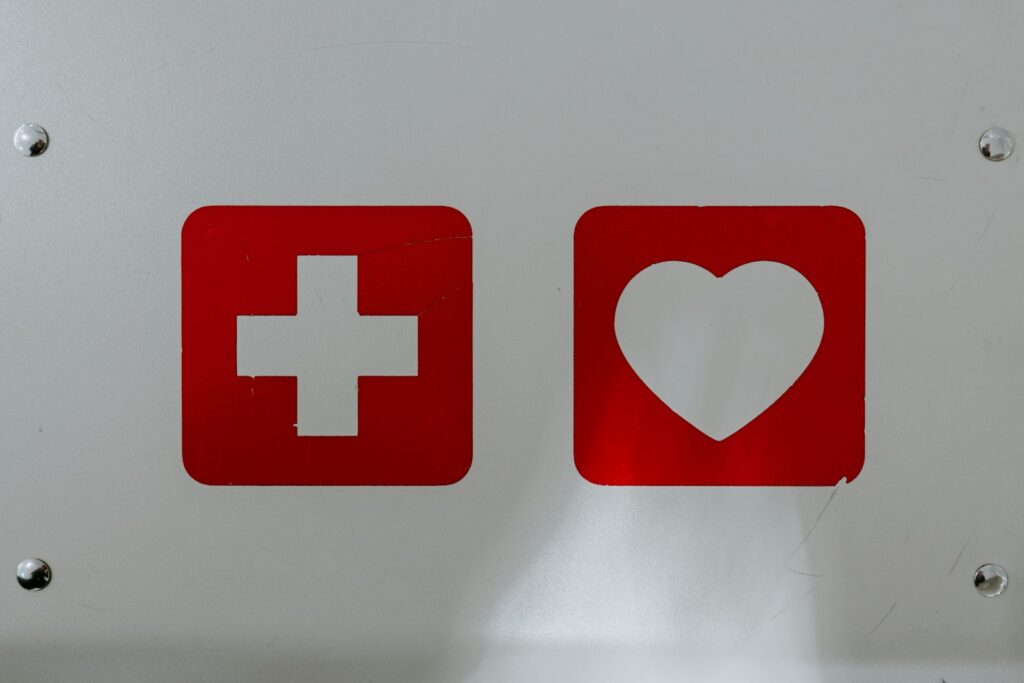
9. **Safety First: Why Structural Damage is No Joke**When considering repairing a written-off car, safety must be your absolute top priority. The context warns that “structural damage, such as a bent frame or compromised chassis, can significantly weaken the vehicle’s integrity, even if repairs are attempted.” Modern cars are intricately designed with crumple zones to protect occupants, and once these are damaged, they may not perform as intended in a future collision, posing severe risks. Professional assessment is crucial to determine if damage can truly be restored to factory specifications.
A major concern is the potential for “hidden or undetected damage.” Structural issues often extend beyond visible areas, infiltrating the undercarriage or deep within the frame. Even after repairs that look perfect, underlying weaknesses could persist, compromising the vehicle’s ability to withstand future impacts. The context emphasizes that “advanced diagnostic tools and thorough inspections are essential to identify these issues,” yet even these might not reveal the “full extent of the damage.” If there’s any doubt about structural soundness, the risk to lives on the road is simply too great to ignore.
Crucially, the quality of repair work is non-negotiable. Poorly executed repairs by inexperienced technicians or with substandard materials pose grave dangers. Tim Kelly, an expert, “suspects that on the fringes of the trade many technicians are neither qualified nor equipped to repair modern cars.” He advises demanding details on the repairer’s qualifications, methodology, and equipment, plus pictures of the process. A perceived bargain could easily become a “deathtrap in disguise,” demanding meticulous, qualified repair over cost-cutting.

10. **Navigating the Legal & Insurance Minefield of Repaired Write-Offs**Deciding to repair your written-off car launches you into a complex web of legal and insurance hurdles. In many jurisdictions, a vehicle declared a write-off “must meet specific legal standards before it can be reclassified as roadworthy,” often requiring “passing a rigorous safety inspection.” Failing to comply can result in “fines, penalties, or even legal action.” Always consult your local Department of Motor Vehicles (DMV) or equivalent authority to confirm the exact steps for re-registration and legal roadworthiness, as strict adherence is paramount.
After a write-off, your existing insurance policy typically cancels. If you repair, finding new coverage is challenging and expensive. “Insuring a repaired write-off can be challenging and expensive,” as many insurers are wary due to safety and residual value. Expect “premiums may be significantly higher,” and some policies might “exclude certain types of claims.” You’ll need to shop around and compare quotes, potentially requiring an independent engineer’s report for coverage.
Crucially, write-off status is a permanent marker on the car’s history, affecting “resale value and insurability.” Buyers and insurers often remain skeptical, regardless of repair quality. Moreover, original write-off classifications carry legal weight; Category A or B vehicles are deemed beyond repair, making “attempting to repair… illegal.” Liability is also a major concern: if your repaired car causes an accident and “repairs are found to be substandard or if the car is deemed unsafe,” you could be liable. This underscores using qualified professionals and keeping detailed repair records.
***
What a journey, right? From the initial shock of a write-off to navigating complex claims and the possibility of restoration, you’ve gained invaluable clarity. This knowledge transforms dread into confidence. Remember, the path to a fair resolution is paved with understanding: know the categories, understand your rights, engage smartly with insurers, and always prioritize safety. You’re not just reacting to a situation; you’re mastering it. Armed with this wisdom, you’re better prepared for whatever the road holds. Here’s to clear roads and confident driving ahead!

